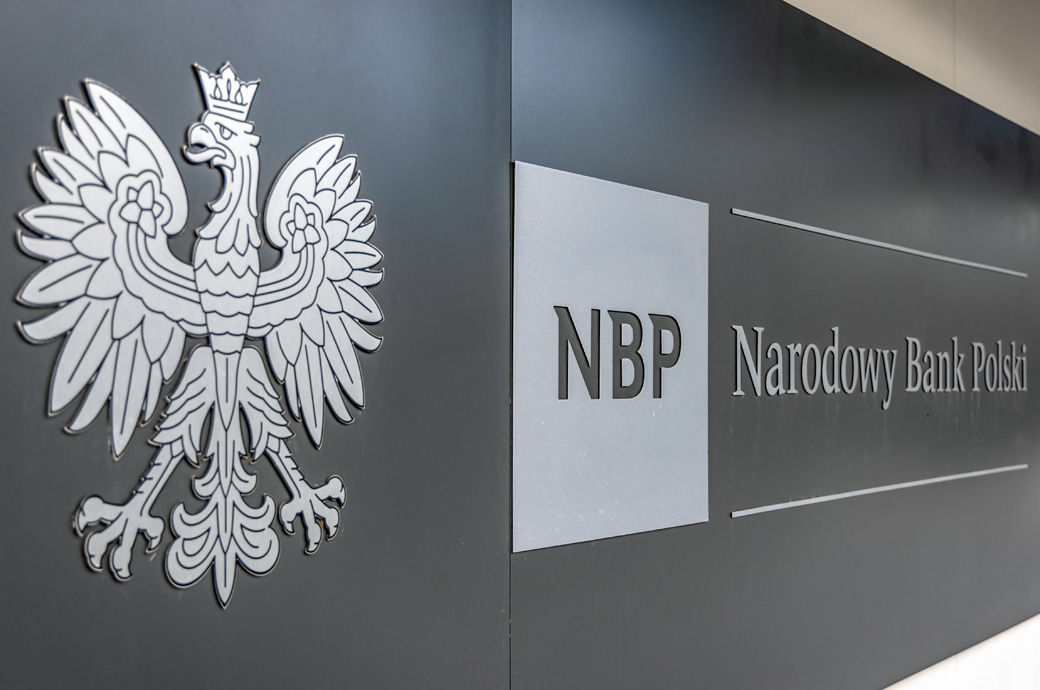
The council left the benchmark rate at 5.75 per cent yesterday. The lombard rate was kept at 6.25 per cent; deposit rate at 5.25 per cent; rediscount rate at 5.80 per cent; and discount rate at 5.85 per cent.
Policymakers are holding borrowing costs unchanged even as inflation has dropped to below the midpoint of their tolerance range, while industrial output posted its biggest drop in almost a year.
The process of disinflation continues in Poland’s economy, an NBP release noted.
Incoming monthly data suggest an increase in annual gross domestic product (GDP) growth in the first quarter (Q1) this year compared to Q4 2023.
A rise in retail sales indicates higher consumption growth, whereas a fall in industrial production as well as construction and assembly output marks lower investment growth.
The labour market situation remains good and unemployment is low. Although the number of working persons continues to be high, employment in the enterprise sector in March this year in Poland was lower than a year ago. At the same time, the annual wage growth continuous to be high, the NBP release said.
According to a Statistics Poland flash estimate, annual consumer price index (CPI)-based inflation in April this year was 2.4 per cent compared to 2 per cent in March.
The council assessed that despite the observed economic recovery, demand and cost pressures in the Polish economy remain low, which amidst weakened economic conditions and falling inflation pressure abroad supports lower domestic inflation.
As a result, it is expected that in Q2 2024 annual CPI growth will run at the level consistent with the NBP inflation target.
Fibre2Fashion News Desk (DS)